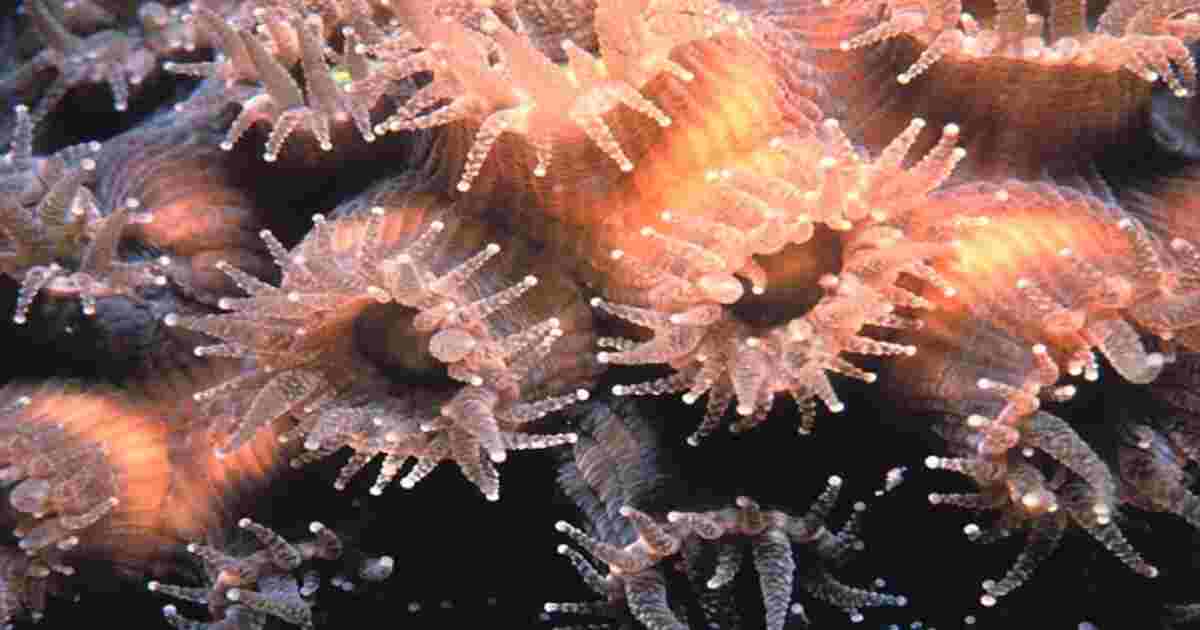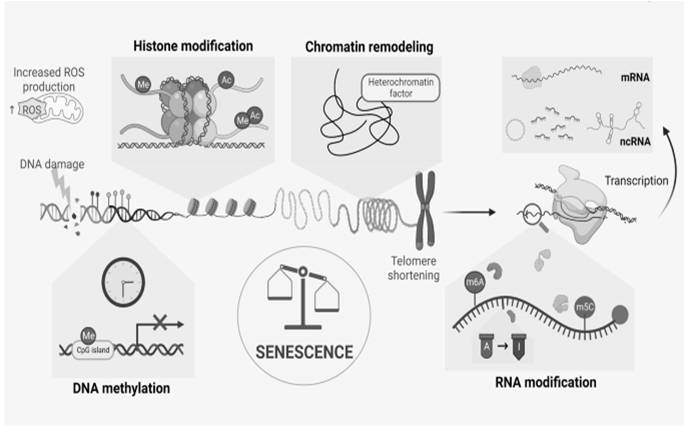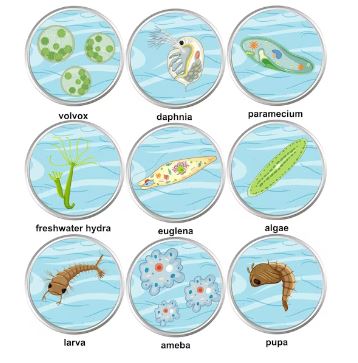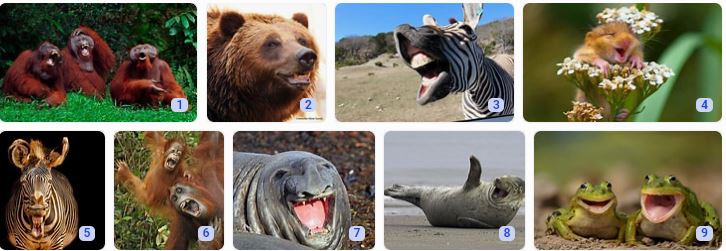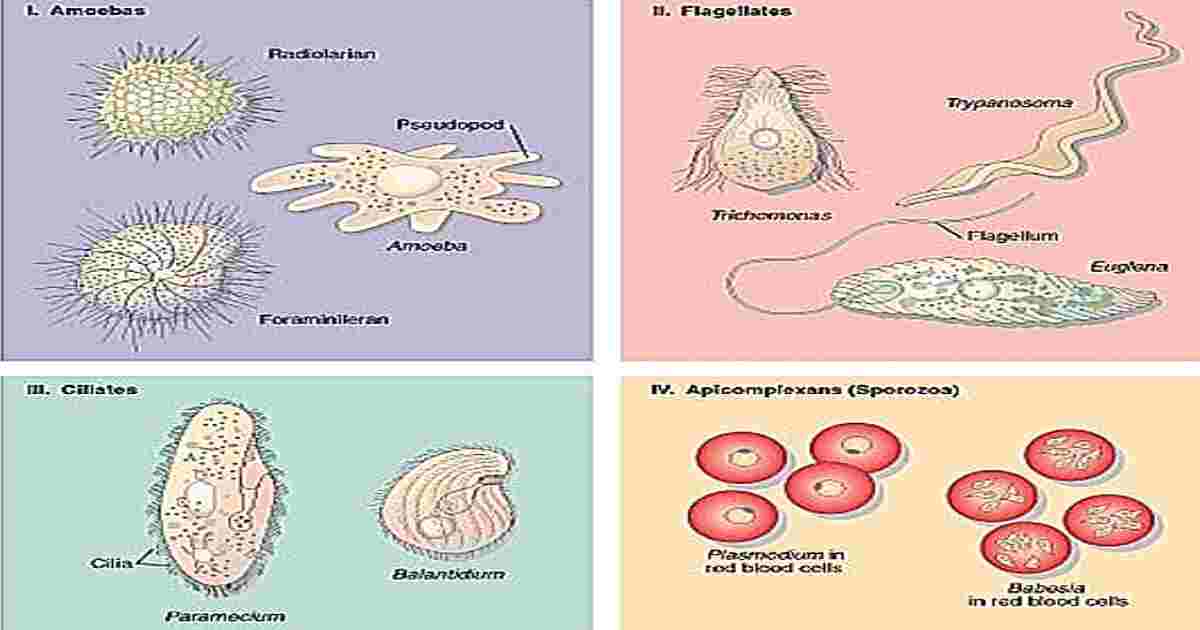Animal Diversity : Animal diversity refers to the incredible variety of species and forms found within the animal kingdom. Animals exhibit a remarkable range of shapes, sizes, behaviors, and adaptations that have evolved over millions of years. From microscopic single-celled organisms to the largest creatures on Earth, the diversity of animals is truly awe-inspiring. The animal kingdom, also known as Animalia, is one of the major kingdoms in biological classification.
Animal diversity is staggering, with over 1.5 million described species and countless more yet to be discovered. They occupy diverse habitats, ranging from the deepest oceans to the highest mountains and from deserts to rainforests. Animals play vital roles in ecosystems, contributing to processes such as pollination, nutrient cycling, and predator-prey interactions.
 |
| Animal kingdom |
Animal Diversity
The classification of animals is based on their evolutionary relationships and shared characteristics. Animal diversity are categorized into various taxonomic groups, including phyla, classes, orders, families, genera, and species.
The present status of animal diversity from Protozoa to Echinodermata, Hemichordata, and Chordata displays the vast array of species and their evolutionary relationships within the animal kingdom. Animal diversity encompasses a wide range of organisms, from simple single-celled protozoa to complex and diverse groups like echinoderms, hemichordates and chordata. Let’s explore the major animal groups from protozoa to echinoderms, highlighting their characteristics and diversity:
Present status of Animal Diversity:
Protozoa:
Protozoa are single-celled organisms classified within the kingdom Protista. They are diverse and occupy various habitats, including freshwater, marine environments, and soil. Protozoa exhibit remarkable morphological and physiological diversity, with different species displaying varied forms of locomotion, feeding strategies, and reproductive methods. They include various unicellular and colonial organisms such as amoebas, ciliates, flagellates, and sporozoans. The exact number of protist species is still uncertain, but it is believed to be near 60,000 species and many yet to be discovered and described.
Porifera (Sponges):
Sponges are multicellular animals that lack true tissues or organs. They are sessile filter-feeders, primarily found in aquatic environments. Sponges possess specialized cells called choanocytes, which generate water currents and capture food particles. There is a wide variety of sponge forms, including encrusting, vase-shaped, and barrel-shaped species. Sponges play important roles in marine ecosystems and have diverse ecological interactions. They are sessile filter-feeders that lack true tissues and organs. There are around 8,800 known species of sponges, but new discoveries and taxonomic revisions continue to expand our understanding of their diversity.
Cnidaria:
Cnidarians are a group of animals that include jellyfish, corals, sea anemones, and hydras. They exhibit radial symmetry and possess specialized stinging cells called cnidocytes, which they use for prey capture and defense. Cnidarians can have both sessile polyp and free-swimming medusa forms, and they display a range of feeding strategies. Coral reefs, formed by the calcium carbonate skeletons of colonial cnidarians, are highly diverse and ecologically important ecosystems. The number of described cnidarian species is approximately 11,000, but estimates suggest that many more species are yet to be discovered, particularly in coral reefs and deep-sea environments.
Platyhelminthes (Flatworms):
Flatworms are soft-bodied, bilaterally symmetrical animals. They include various groups such as planarians, flukes, and tapeworms. Flatworms exhibit diverse lifestyles, with some being free-living predators or scavengers, while others are parasites. They lack a specialized respiratory or circulatory system, and their body shape can range from simple and flat to elongated and segmented. This phylum includes free-living flatworms and parasitic species such as tapeworms and flukes. Currently, over 25,000 flatworm species have been described, but the actual number is believed to be much higher. ‘Animal Diversity’
Aschelminthes / Nematoda (Roundworms):
Roundworms are unsegmented, cylindrical worms found in a wide range of habitats, including soil, freshwater, and marine environments. They are characterized by a tough, protective cuticle, and many species are parasitic, infecting humans, animals, and plants. Nematodes play significant ecological roles as decomposers and nutrient recyclers, but some species can also cause diseases in plants and animals. They are one of the most abundant and ubiquitous animal phyla. The number of known nematode species is estimated to be over 25,000, but it is believed that the actual number could be in the hundreds of thousands or even millions. ‘Animal Diversity’
Annelida:
Annelids are segmented worms that include earthworms, leeches, and marine polychaetes. They exhibit true segmentation, with repeating body segments containing specific organs and structures. Earthworms play a vital role in soil health and nutrient cycling, while leeches are known for their blood-feeding adaptations. Polychaetes exhibit a wide range of lifestyles, from burrowers to filter-feeders and predators, and are abundant in marine environments. Annelids are highly diverse, with approximately 22,000 described species. However, as with other animal groups, there are likely many more species awaiting discovery and description.
Mollusca:
Mollusks are a diverse group of animals that include snails, clams, squids, and octopuses. They exhibit a wide range of body forms and adaptations. Mollusks typically possess a muscular foot, a mantle that may secrete a protective shell, and a visceral mass containing the internal organs. Some mollusks, like bivalves (clams, mussels), are filter-feeders, while others, like cephalopods (squids, octopuses), are active predators with complex behaviors. With over 100,000 described species, mollusks are one of the most species-rich phyla in the animal kingdom. However, it is estimated that the actual number of mollusk species may exceed 200,000.
Arthropoda:
Arthropods constitute the largest animal phylum, with immense diversity and abundance. This group includes insects, spiders, crustaceans, and millipedes. Arthropods possess jointed appendages, a segmented body, and an exoskeleton made of chitin. They occupy a wide range of terrestrial, freshwater, and marine habitats. Arthropods play crucial roles as pollinators, decomposers, predators, and ecosystem engineers. The number of described arthropod species exceeds one million (1,000,000), but it is believed that millions more are yet to be discovered. ‘Animal Diversity’
Echinodermata:
Echinoderms are marine animals characterized by their spiny skin and pentaradial symmetry (often modified from bilateral symmetry during their larval stage). This group includes sea stars, sea urchins, sea cucumbers, and brittle stars. Echinoderms exhibit unique water vascular systems, which they use for locomotion, feeding, and gas exchange. They play important roles in marine ecosystems, and some species have commercial value. However, it is estimated that the actual number of echinoderms species may exceed 7000. ‘Animal Diversity’
Hemichordata:
Hemichordates are marine invertebrates that share some characteristics with both echinoderms and chordates. Recent studies have provided insights into hemichordate development, genomics, and their role as evolutionary intermediates between non-chordates and chordates. The diversity of hemichordates is 120 species.
Chordata:
Chordates encompass a wide range of animals, including fish, amphibians, reptiles, birds, and mammals, including humans. Recent research has focused on understanding the evolution, development, genomics, and physiology of chordates. Investigations into the genetic basis of vertebrate traits, the origin of novel features, and the impact of human activities on chordate biodiversity are ongoing areas of study. Chordates are a diverse group that includes vertebrates (animals with backbones) and some closely related invertebrates. Around 70,000 species of chordates have been described, but this represents only a small fraction of the estimated total number of chordate species. ‘Animal Diversity’
Each of these animal groups represents a distinct branch of the animal kingdom and demonstrates the vast diversity of life on Earth. From the simplest single-celled organisms to the more complex and specialized echinoderms, the study of animal diversity provides insights into the adaptations, evolution, and interconnectedness of living organisms. Furthermore, there are likely many undiscovered and undescribed species within each phylum, especially in unexplored habitats such as deep-sea environments and tropical rainforests.

